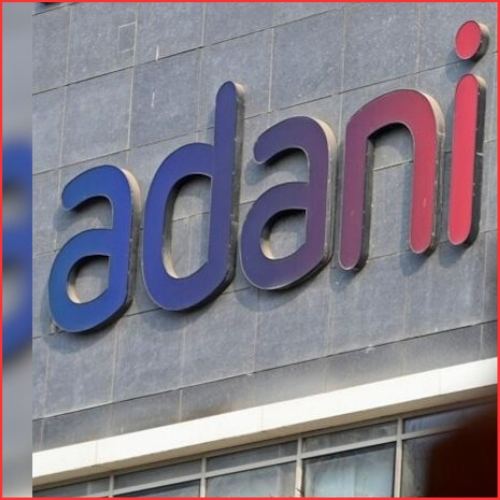The number of profitable unicorns is expected to rise in most industries over the next three to four years, from 30 in FY22 to 55 in FY27.
With a 70% decline in investment since FY22, Indian entrepreneurs are experiencing a financial winter, requiring them to reduce the burn rate and accelerate their route to profitability. According to Redseer’s examination of 100 unicorns, the number of profitable unicorns will increase from 30 in FY22 to 55 in FY27.
According to the strategy consultants, 50% of unicorns will be successful by FY27, while 20% will likely struggle owing to regulatory obstacles, falling demand, and unclear business models. They also anticipate that some of the struggling unicorns may convert to new business models, be purchased, or close outright.
FinTech and financial services, B2B, SaaS, and eCommerce are the top four areas predicted to generate the most profit. During the same time span, they anticipate a decrease in corporate losses. Many of these negative margin enterprises, however, are projected to suffer funding adjustments, value drops, and a shift to a considerably lower growth trajectory.
The Indian startup scene has been on a roller coaster ride in recent years as a result of macro-scale upheavals. While funding peaked at $50 billion in FY22, a gradual onset of funding winter over the following quarters resulted in a 70% decline to $15 billion in FY23.
“The rising cost of capital and interest rates, the recession in developed markets, the decline in the value of technology stocks, and the slowing of consumer internet growth have all posed challenges for long-term funding.” As a result, companies are focusing on accelerating their road to profitability while decreasing burn charges,” remarked Redseer Partner Mohit Rana.
There are approximately 100 unicorns and less than 400 public companies with a market capitalization of more than $1 billion. Founder ownership in startups is also limited (0-20%) in 59% of private enterprises, compared to 50%+ in 65% of public companies.
“Over the last five quarters, listed technology companies have made significant progress.” Paytm introduced new goods, entered new business areas, and upsold/cross-sold to current customers in order to boost revenue per client and lower CAC. “Zomato increased take rates from restaurant partners and customer delivery costs,” Rana explained.
Similarly, Policybazaar reduced its losses by lowering client acquisition costs and marketing expenses, but Delhivery embraced backward integration by obtaining full-stack solutions across the value chain.
Global peers have also followed a similar route to profitability. “Uber increased take rates to 28% in 2022, up from 15% in 2021, reduced driver incentives, and expanded revenue streams.” “Airbnb optimised and maintained workforce and marketing cost discipline while increasing fees from guests and hosts,” added Rana.
According to Redseer, profitable unicorns in India might produce 5X the profit in FY27 that they generated in FY22.















